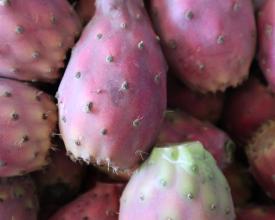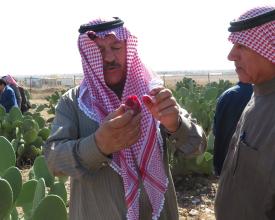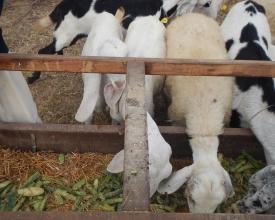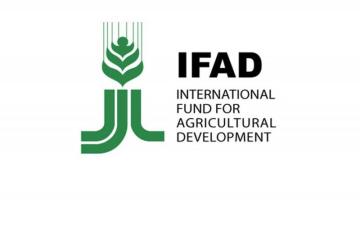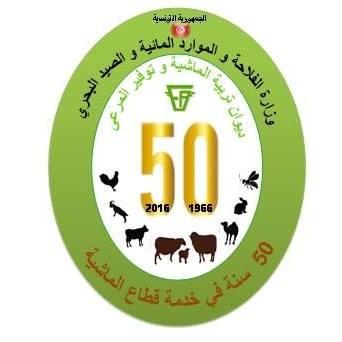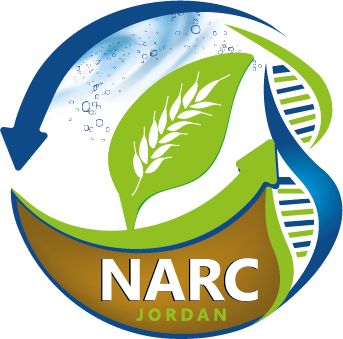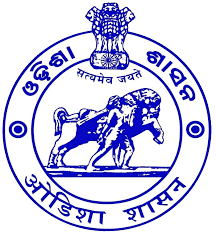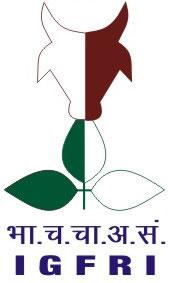
Cactus pear, a drought-tolerant crop grown by millions of farmers in dry areas for nutritional and income generating purposes.
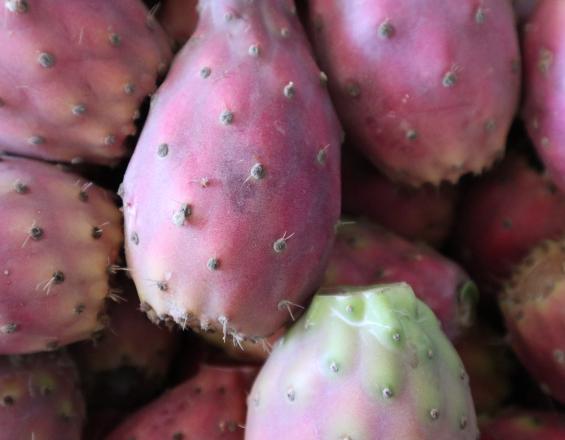
The International Center for Agricultural Research in the Dry Areas (ICARDA) promotes cactus pear as a crop that millions of farmers in semi-arid and dry areas use to improve their nutrition and incomes. Cactus is a multifunctional crop, mitigating drought and combating desertification and it helps farmers in dry areas cope with climate change. Cactus pear needs few inputs and uses water efficiently and it can replace expensive fodder and the farmer can generate more income. The cactus plants can be a source of water for livestock, particularly during the summer months when high temperatures and water scarcity threaten food security. For humans, edible cactus can serve medicinal and cosmetic purposes.
ICARDA developed agronomic practices to maximize productivity. It carried out awareness-raising and capacity development alongside research centres, public bodies and NGOs and further facilitated business development by sharing experiences within its network.
Contexto
Défis à relever
Dry areas grow 44 per cent of the world’s food and are home to half of the world’s livestock. However, prolonged droughts and desertification as a result of land degradation threaten the livelihoods of the rural poor, especially in Africa and Asia. In arid and semi-arid regions, livestock production is difficult by low or erratic rainfall, nutrient-poor soils and high temperatures, which limit forage production and hinder sustainability. To survive, smallholder farmers need a water-efficient solution helping withstand droughts, high temperatures and poor soils. As an adapted crop, cactus pear helps address climate change. Cultivating adapted crops that thrive in harsh conditions increases the gains of livestock farming. Through farmers’ education and information-sharing, substantial improvements in productivity alleviate pressure on already-depleted natural resources simultaneously reducing the time and distance that women need to travel to collect fuel.
Ubicación
Procesar
Summary of the process
The cactus network permitted the discovery of key points related to cactus. Cactus as a fodder crop can address the widespread shortage of green fodder and reduces livestock watering, particularly during the summer months when high temperatures and water scarcity threaten food security. Good agronomic practices play a crucial role in achieving high and sustainable yields. These key agronomic practices were also developed in recommendations by Cactus Network. ICARDA developed a suite of best-bet agronomic practices to guarantee survival and maximize productivity and carried out extensive awareness and capacity development alongside National Agricultural Research Systems, Ministry of Agriculture, Tribal development Department and development NGOs to change farmers’ perceptions, attitudes and practices toward cactus pear. Its success led to increase in international demand for ICARDA research and development, resulting in improved varieties with different phenotypic and genetic characteristics in terms of resilience, productivity, fodder and/or fruit production, that serves different agro-ecological zones and a cactus network operating with institutions from all around the world.
Building Blocks
Training on good agronomic practices
ICARDA developed a suite of best-bet agronomic practices to guarantee excellent establishment (survival and vigour) and maximize productivity and carried out extensive awareness and capacity development alongside National Agricultural Research System (NARS) and national development agencies to change farmers' perceptions, attitudes and practices toward cactus pear, while training them on cactus pear as income generator.
Enabling factors
- High participation of motivated farmers.
- Focus on women to alleviate hardship for gathering feed resources for their livestock.
- As well as youth with entrepreneurship mind to initiate start-up business for marketing cactus product (value chain).
- Good agronomic practices play a crucial role in achieving high and sustainable yields.
- Involve more actors like NGOs, decision-makers, private sector.
Lesson learned
Cactus pear should not be fed alone to livestock and should not be grazed directly. Training of farmers on how to prepare a balanced diet for their animals using available by-products is needed. Furthermore, cactus as a fodder crop can address the widespread shortage of green fodder and reduces livestock watering, particularly during the summer months when high temperatures and water scarcity threaten food security in parts different countries.
For those farmers interested in cactus fruits, special attention is given to site selection. Additional care including drop irrigation, fertilization and thinning is needed to reach optimum productivity.
With additional effort, through farmers’ education and information sharing, the improvement in productivity could be substantial while alleviating pressure on already depleted natural resources and reducing the time and distance that women and girls need to travel to collect fuel (firewood).
Cactus network
Facilitates business development by sharing experiences from all over the world in all aspects of cactus use including livestock feeding, human consumption and for medicinal and cosmetic purposes.
Enabling factors
- Strong partnerships and collaboration around the network.
- Knowledge sharing within and across the network
- Facilitate the collection and utilization of germplasm.
- Work with national partners to improve technical capability.
- Exchanges through Dgroup as an active platform where people from different countries worldwide who are interested in cactus pear can post any question/ share any information related to cactus pear requirement.
- Implementations of synergies for further research findings.
- Merging individual efforts and collective efforts.
Lesson learned
The creation of clear technical documents can foster knowledge sharing, collaboration and knowledge transfer to rural people. Not only on a collective level but also individual and national level to promote the importance of cactus pear. The regional coordinators should promote the establishment of joint projects between countries that share common problems related to cactus pear. Strong agreements and legal frameworks should be established between the implementing network institutions and other stakeholders interested in promoting, developing and implementing cactus. Through this cooperation it is important to develop appropriate cultural techniques that will result in both yield increase and environmental protection according to specific problems in a given area.
Impacts
- High adoption: In India, more than 240,000 cactuses are planted at farm level through ICARDA partners and more than 3,500 people benefited from capacity development activities. A study in India and Pakistan targeting smallholder farmers perceptions regarding cactus showed that 78% of adoption.
- Reduce gap in livestock feeding: Based on recent research, cactus pear has replaced up to 50% of food mixture in the feed ration of livestock.
- High yields and multipurposed: A study demonstrated that young plants pruned to stimulate fruit quality could yield 8,000 kg of cladode dry matter per hectare.
- Cactus is profitable crop: Profitability of cactus fodder was 40% higher comparing to other conventional fodder crops such as sorghum, green and black gram.
- Secure farm boundary while generating income: Farmers plant spine cactus to protect their properties. These linear plantations do not require much input whilst generating additional income through marketing of cactus fruits.
- Innovation generator: A GEE (Google Earth Engine) map has been trialled in India to show suitability for the plant across India and can be applied to any country and crop.
- Business development: The cactus network ICARDA facilitates business development by sharing all aspects of cactus use including livestock feeding, human consumption, medicinal, cosmetic purposes, and as a source of bioproducts.
Beneficiaries
The cultivation of cactus pear increases the economic viability of small and medium-sized farms of low-income farmers.
Sustainable Development Goals
Story
“Cactus is a very promising fodder plant, and I would like to cultivate it on at least one acre of land to feed my cows. Besides, I can get better income by also selling cladodes to other farmers,” said Varun Sharma, a farmer from Bhuj.


